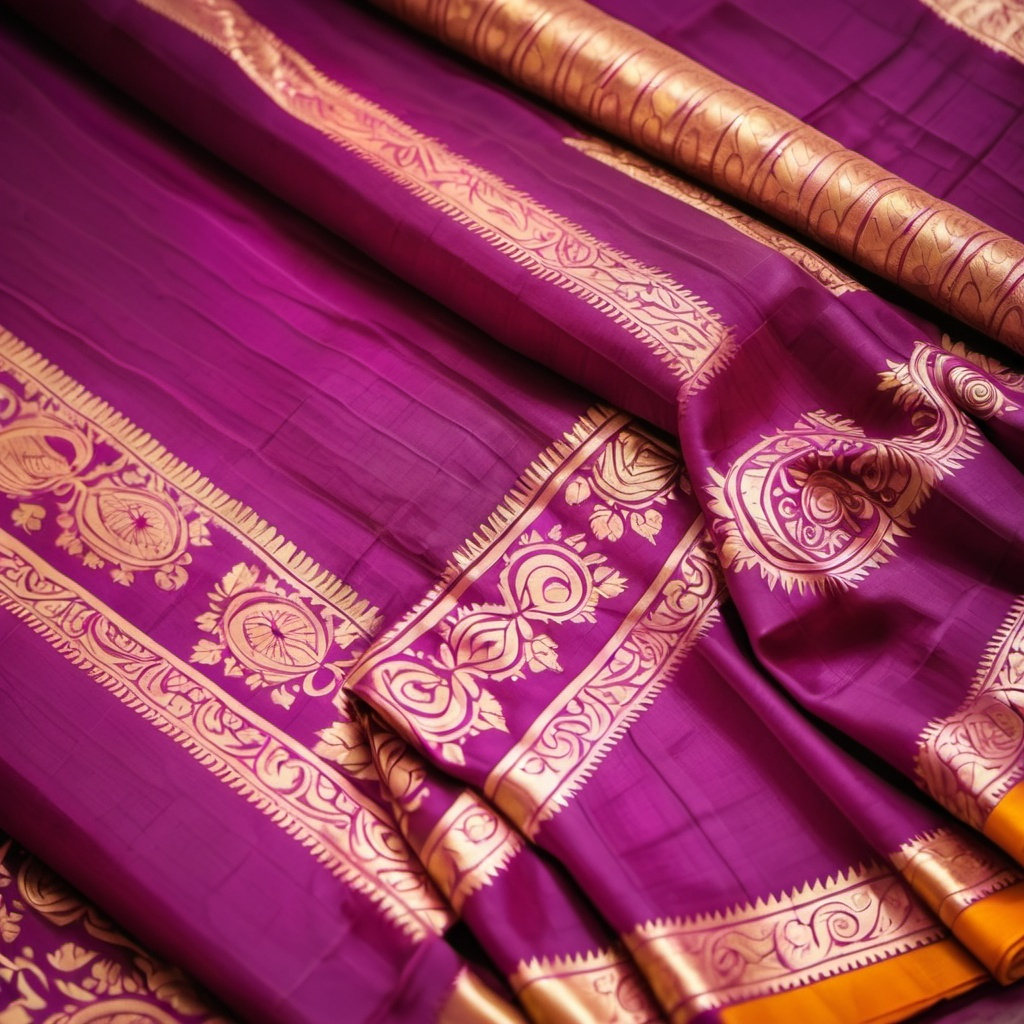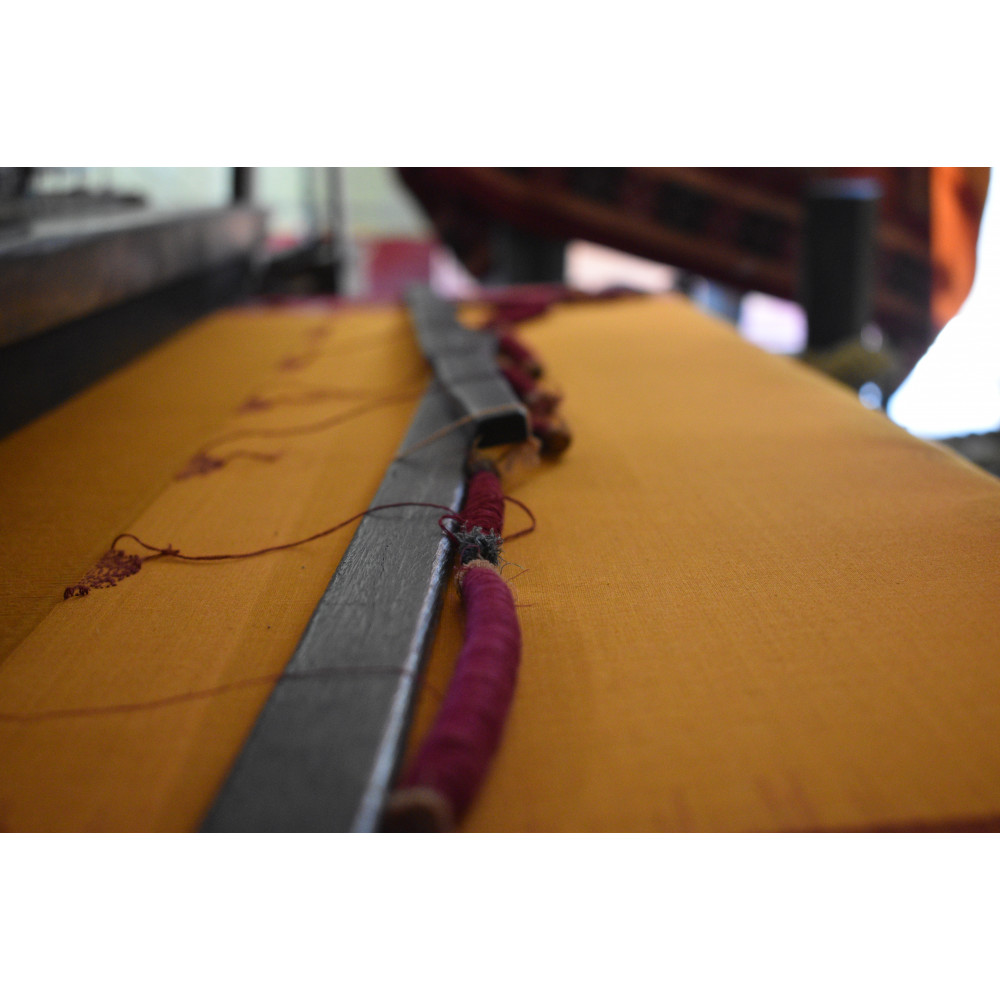The Dance Of Threads: Weaving Techniques That Brings Silk Sarees To Life
In the world of textiles, few fabrics evoke the grace, elegance, and tradition that silk does. It’s a fabric that drapes not just the body but also tells a story—of culture, craftsmanship, and centuries of artistry. At Satika.live, we celebrate this legacy by showcasing handloom silk sarees that are not just garments but heirlooms. In this blog, we unravel the intricate and time-honored weaving techniques that breathe life into every silk saree. It’s an ode to the artisans whose mastery of threads has been perfected over generations, blending art and history in every weave.
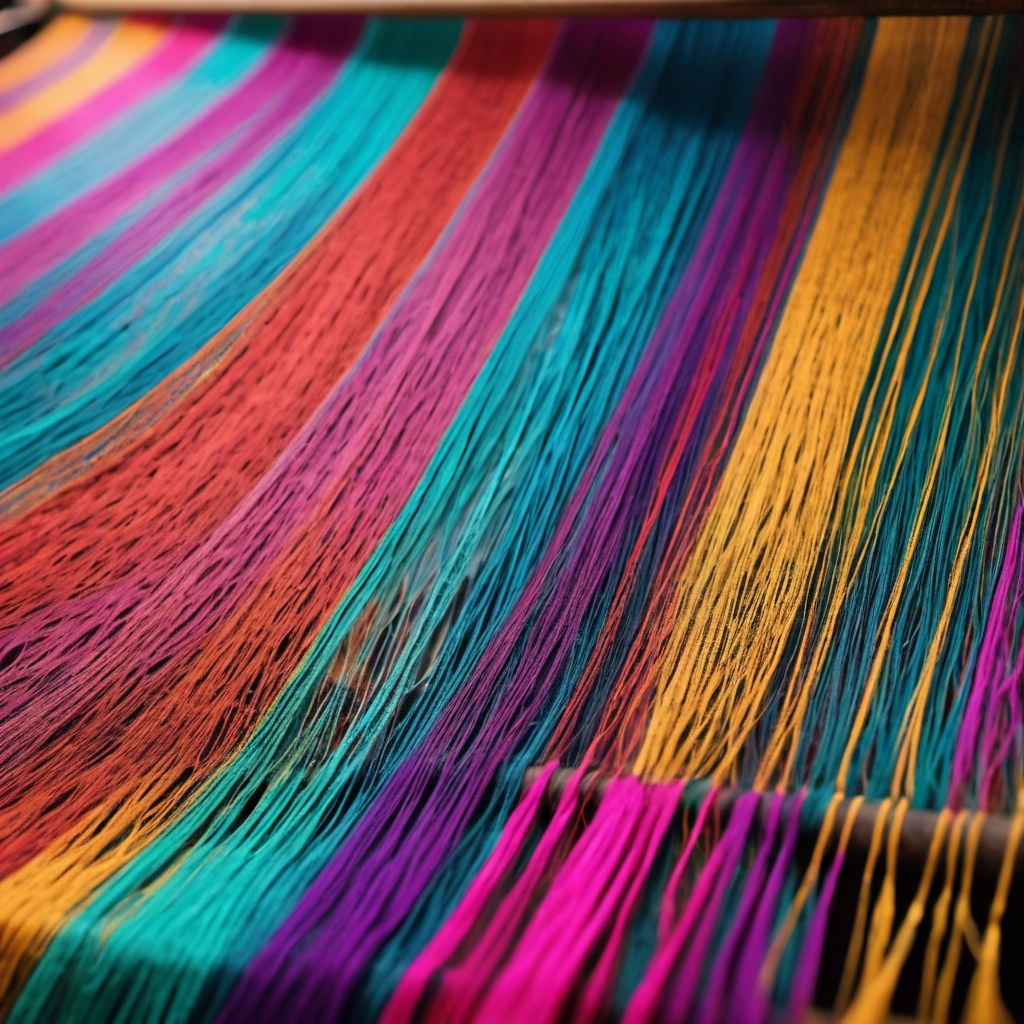
The Legacy of Silk Weaving: A Timeless Tradition
Silk weaving in India dates back over 4,000 years, with early evidence found in the Indus Valley Civilization. By 3000 BC, silk was already a luxurious fabric, coveted for its sheen, smoothness, and strength. Fast forward to today, and India stands as one of the largest producers of silk in the world, especially renowned for its handloom silk sarees.
From the majestic Kanchipuram of Tamil Nadu to the delicate Baluchari of West Bengal, each saree reflects the history of its region, its people, and its culture.

Weaving Techniques: The Heartbeat of Every Silk Saree
What makes a silk saree special? It’s the way the threads dance together on a loom, transforming raw silk into something ethereal. The magic lies in the hands of the weaver, and the process itself is nothing short of a symphony of precision, patience, and passion. Let’s delve into some of the iconic weaving techniques that are the lifeblood of Indian silk sarees.
1. Kanchipuram Weave: The Queen of Silks
Originating from the small town of Kanchipuram in Tamil Nadu, this technique is over 400 years old and continues to be a symbol of opulence. What sets Kanchipuram sarees apart is the use of mulberry silk, which is tightly woven to create a fabric that is both lustrous and durable. The weavers employ a special technique where the pallu (the decorative end of the saree) is often woven separately and then joined meticulously to the body. This distinct joining is called the korvaitechnique, which makes each saree stand out with its contrasting colors.
- Fun Fact: The temple motifs often seen on Kanchipuram sarees are inspired by the sculptures of the famed temples in Tamil Nadu.
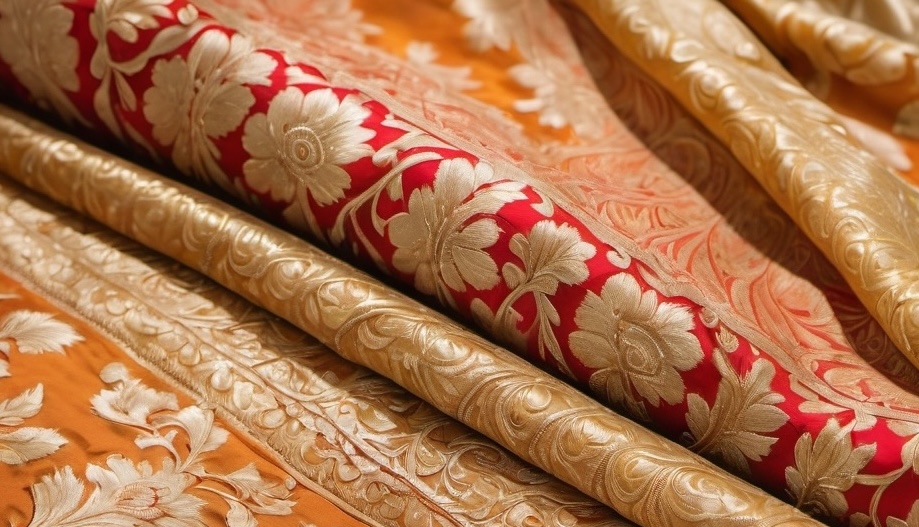
2. Banarasi Weave: A Royal Affair
The Banarasi saree, woven in Varanasi, Uttar Pradesh, is a timeless classic, known for its intricate designs and gold and silver zari work. The roots of Banarasi weaving can be traced back to the Mughal period, around the 17th century, when Persian motifs like butis (small floral designs) and jalas (mesh-like patterns) were introduced. What makes this technique fascinating is the use of jacquard looms, which allow the artisans to weave complex patterns and motifs into the saree. Banarasi sarees are often passed down through generations as treasured pieces of art.
- Did You Know? A single Banarasi saree can take anywhere between 15 days to six months to complete, depending on the complexity of the design
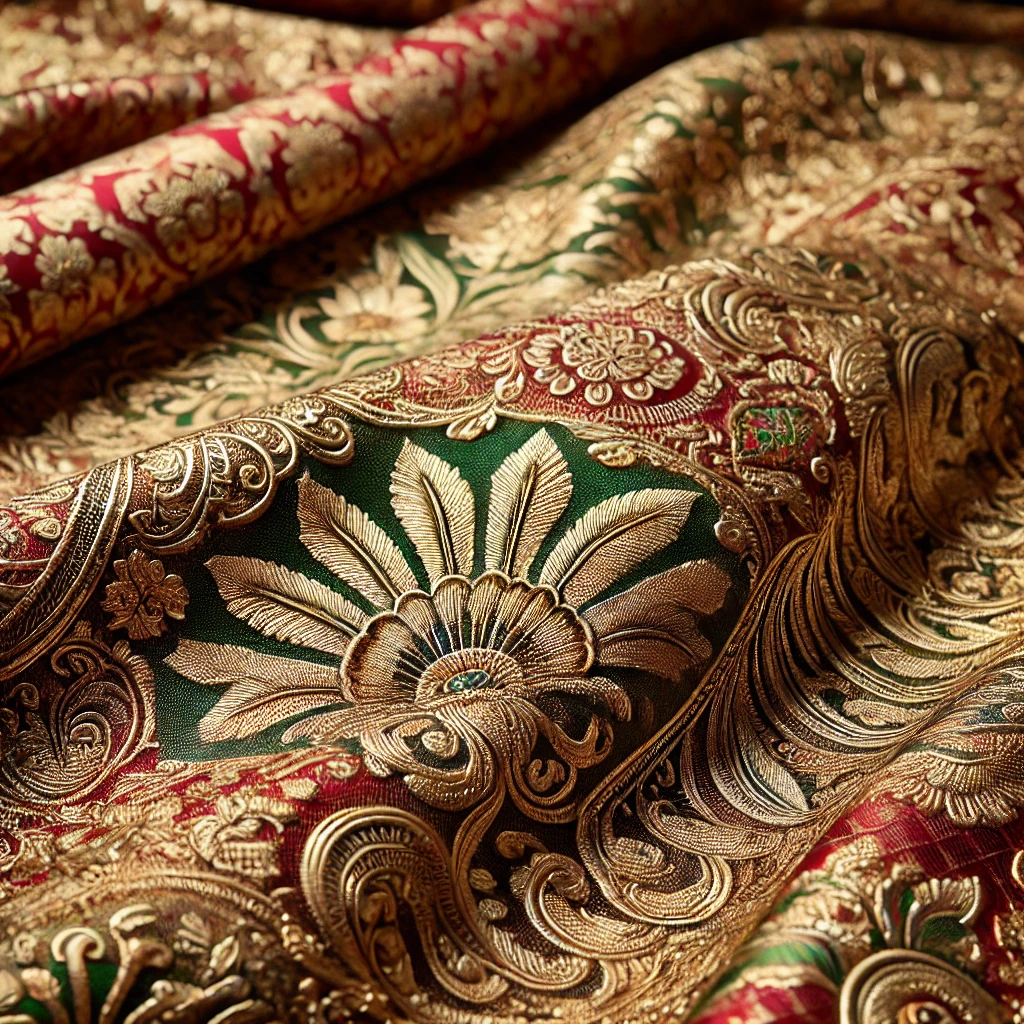
3. Paithani Weave: The Pride of Maharashtra
Named after the town of Paithan, this weaving technique dates back to the 2nd century BC, during the Satavahana Dynasty. Known for its use of natural silk and pure gold thread, Paithani sarees feature intricate motifs like peacocks, flowers, and geometric shapes. The hallmark of this technique is the dohar (double-layered) weaving, which creates a rich texture on both sides of the saree. The weavers use a handloom that requires immense skill to create the delicate patterns, ensuring that no two Paithani sarees are exactly alike.
- Historical Note: The Paithani weave was once reserved for royalty, often given as gifts to kings and queens.
4. Patola Weave: A Double Ikat Masterpiece
Hailing from Patan in Gujarat, the Patola saree is woven using the double ikat technique, which is one of the most complex and labor-intensive weaving methods in the world. In this process, both the warp and the weft threads are resist-dyed before weaving, which ensures that the patterns are perfectly aligned on both sides of the saree. Patola sarees are known for their bold geometric designs and bright colors, often depicting motifs like elephants, parrots, and flowers. Each saree can take anywhere from six months to a year to complete.
- Fact: The Patola weave is believed to be over 700 years old, with the craft being passed down through generations within the Salvi family of Patan.
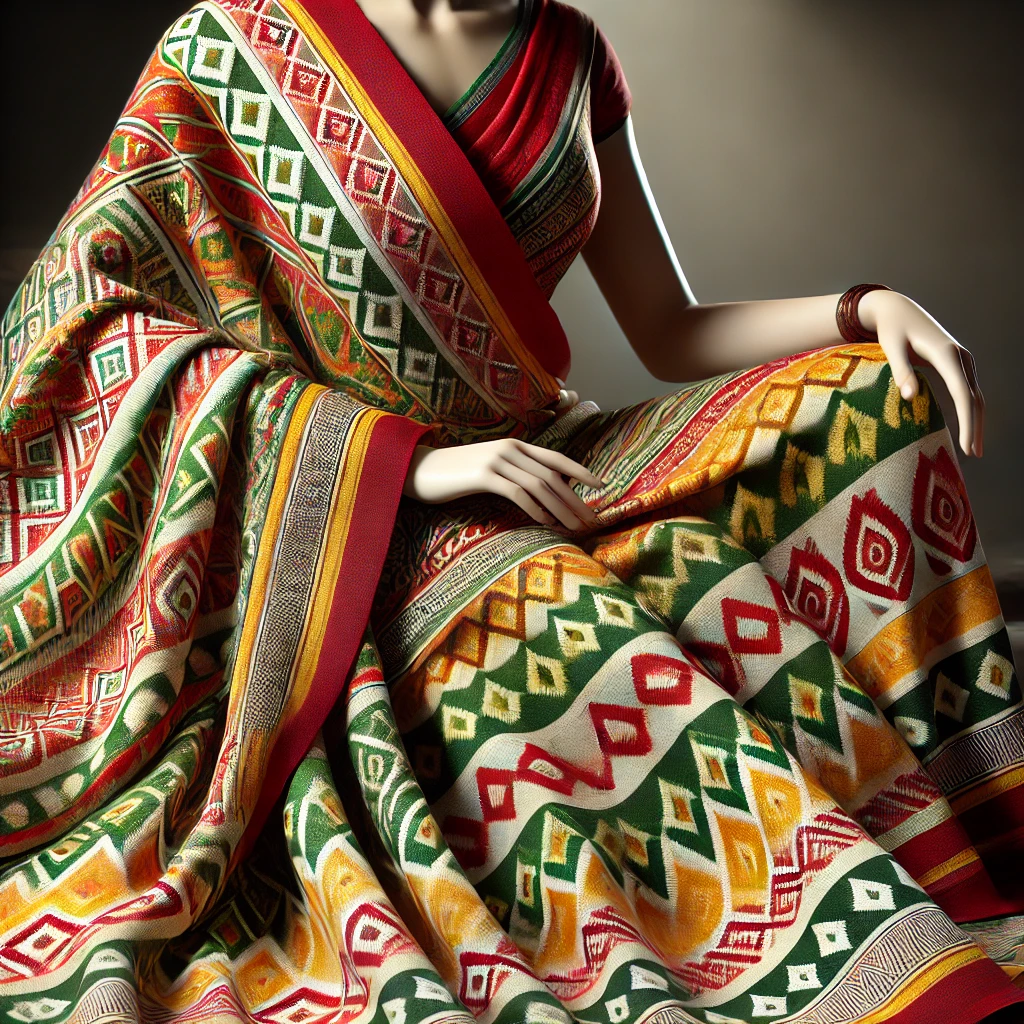
5. Baluchari Weave: The Storytelling Saree
Originating in the town of Baluchar in West Bengal, this weave is known for its narrative art. The Baluchari saree often depicts scenes from epics like the Ramayana and Mahabharata, woven into the pallu and border. The technique involves weaving silk threads onto a jacquard loom to create the intricate figures and motifs. This style reached its height during the 18th century and was traditionally worn by aristocrats and nobility.
- Fun Fact: The motifs on Baluchari sarees often resemble miniature paintings, making each saree a canvas of storytelling.
The Artisan’s Journey: A Labor of Love
The weaving of a silk saree is an elaborate and painstaking process. It starts with the selection of silk threads, followed by the dyeing process, and then the actual weaving. In many parts of India, this craft is still carried out on traditional handlooms, with weavers working for hours, days, and even months to complete a single saree. Every thread, every pattern, and every motif is a testament to their skill, patience, and passion.
At Satika.live, we honor the artisan’s journey. By supporting handloom sarees, you are not just investing in a piece of art but also sustaining the age-old traditions of India’s weaving communities.
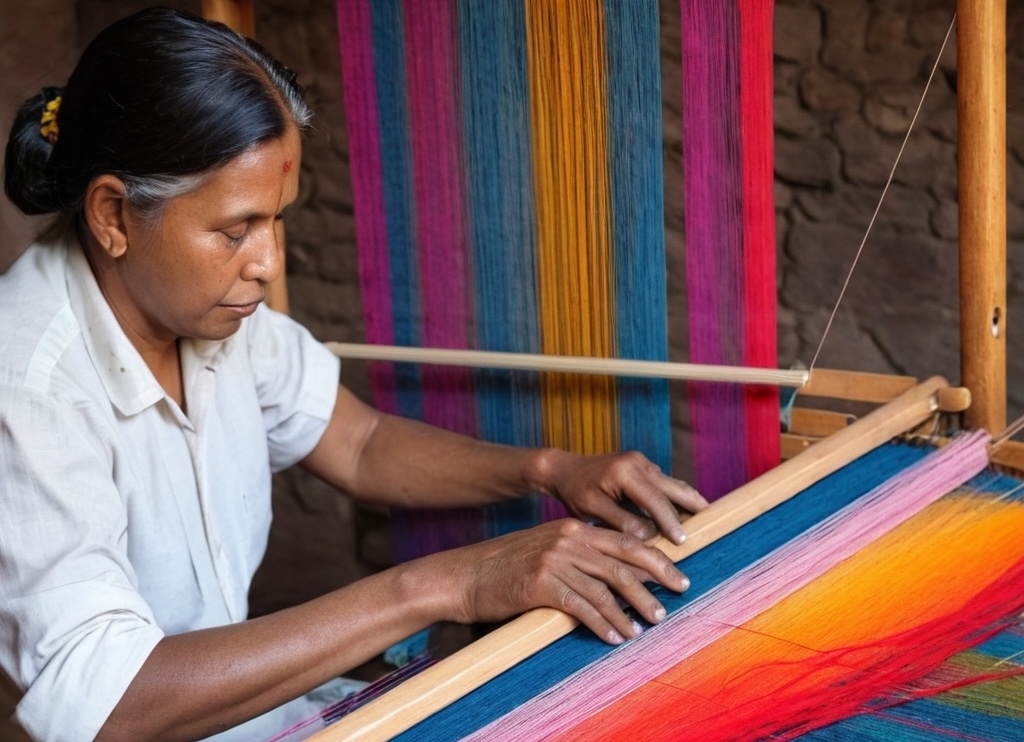
The Future of Handloom: Weaving Together Tradition and Modernity
While handloom weaving is a timeless craft, it faces challenges in today’s fast-paced, industrialized world. However, with growing awareness about sustainable and ethical fashion, handloom silk sarees are experiencing a revival. Fashion enthusiasts, both in India and across the globe, are now seeking out handwoven textiles for their uniqueness and the stories they carry.
By choosing handloom silk sarees, we not only embrace the elegance of the fabric but also contribute to the survival of an art form that is thousands of years old.

Conclusion: The Symphony of Threads The beauty of a silk saree lies not just in its luxurious fabric but in the artistry that goes into its creation. From the bustling streets of Kanchipuram to the quiet looms of Paithan, each weaving technique carries with it the whispers of history and tradition. At Satika.live, we invite you to explore this rich tapestry of craftsmanship. Whether it’s a royal Banarasi or an intricate Paithani, every saree is a masterpiece waiting to be draped, cherished, and passed down through generations.
Let’s celebrate the dance of threads, where tradition meets innovation, and every weave tells a story.



